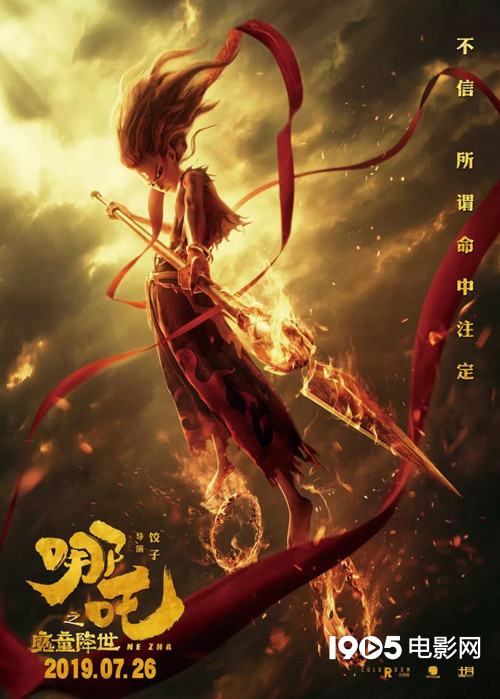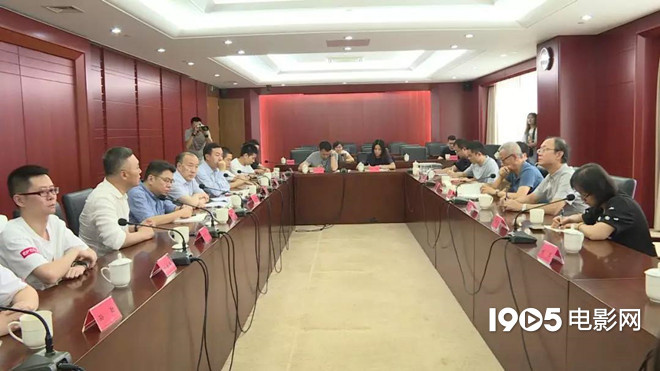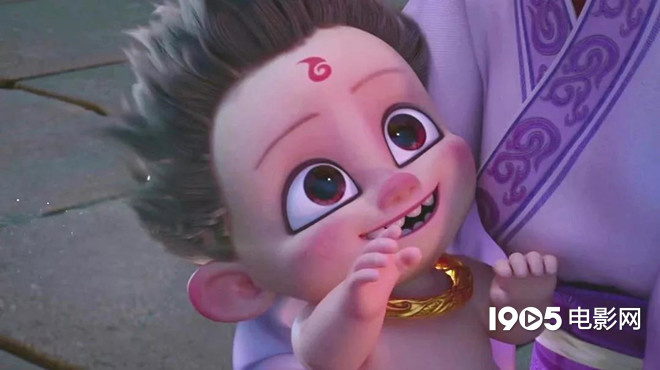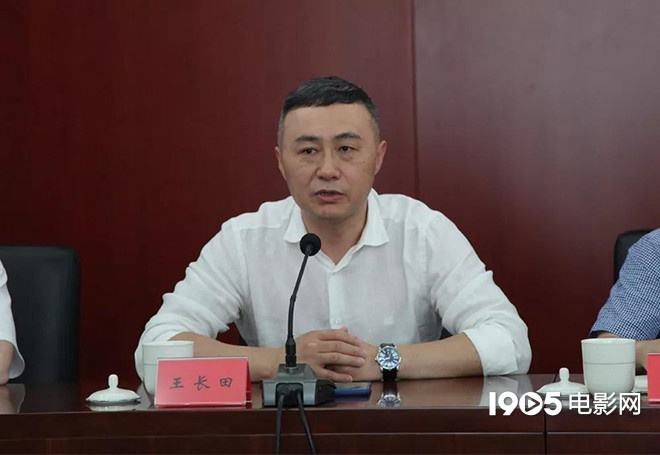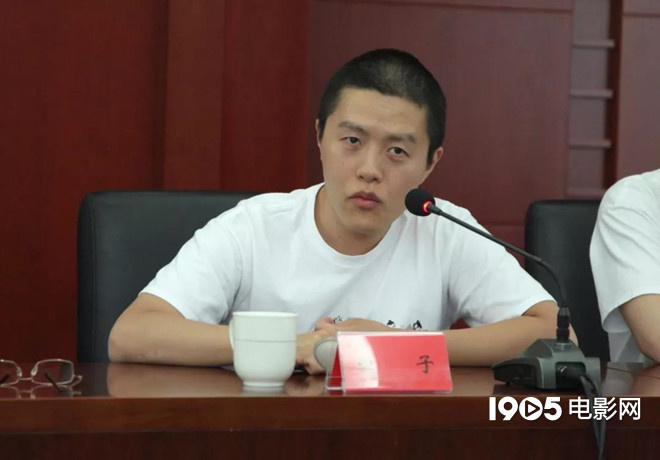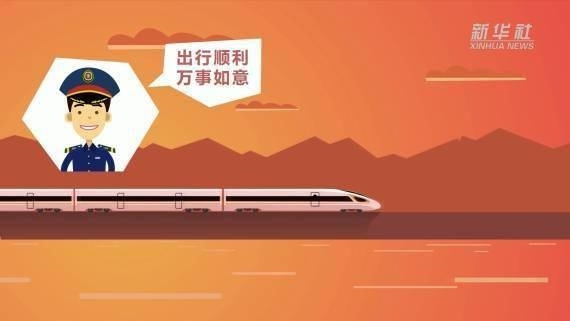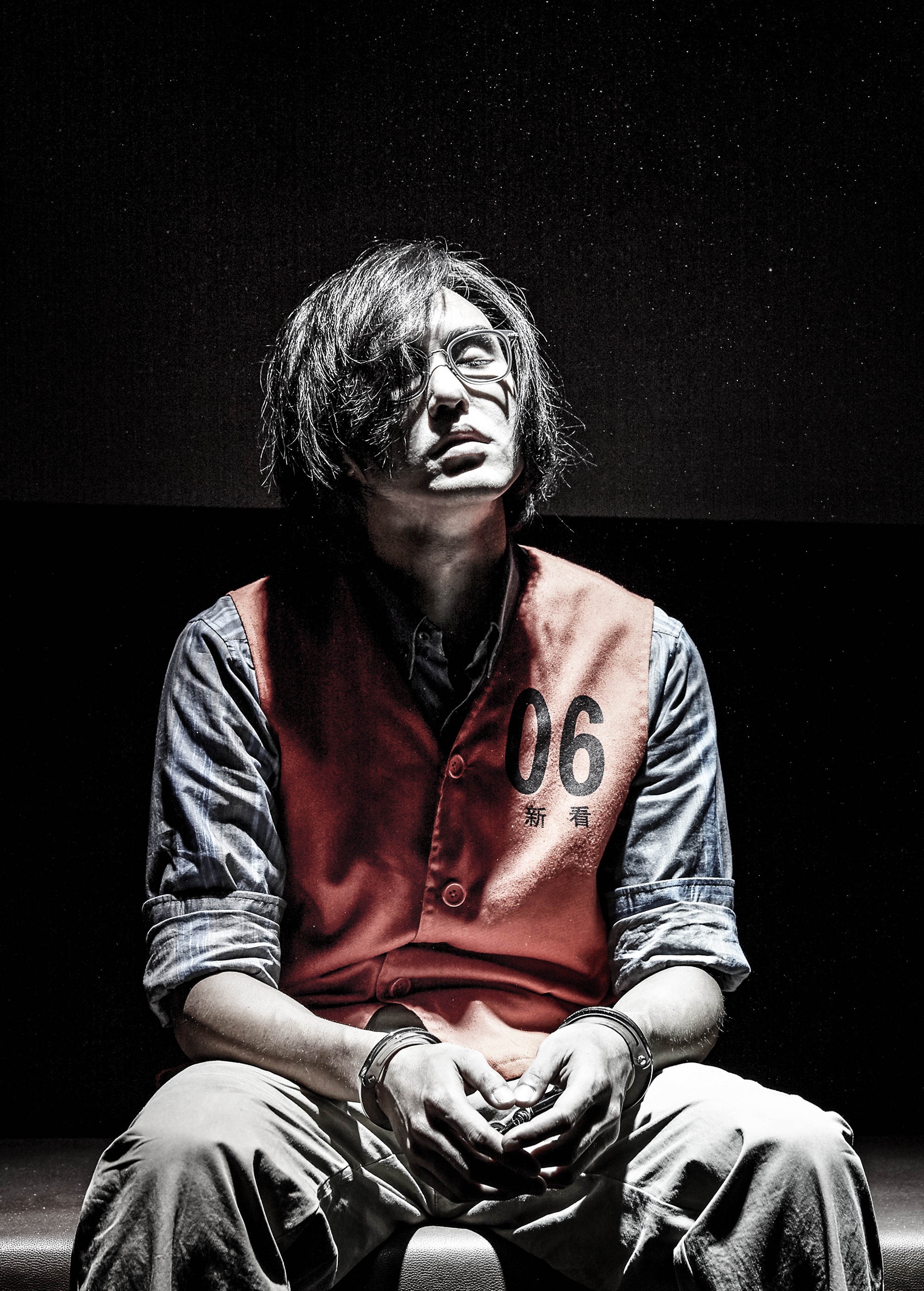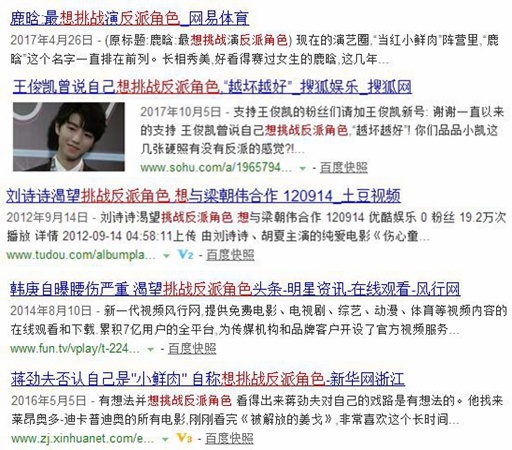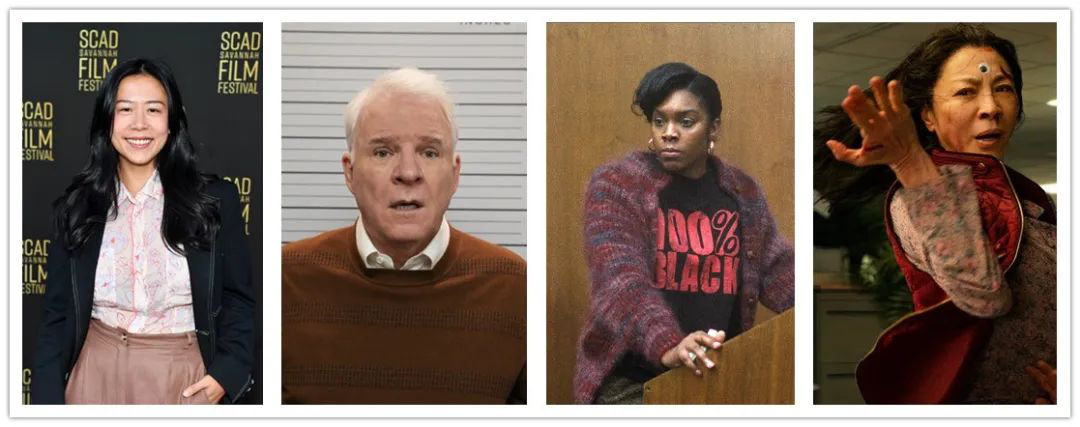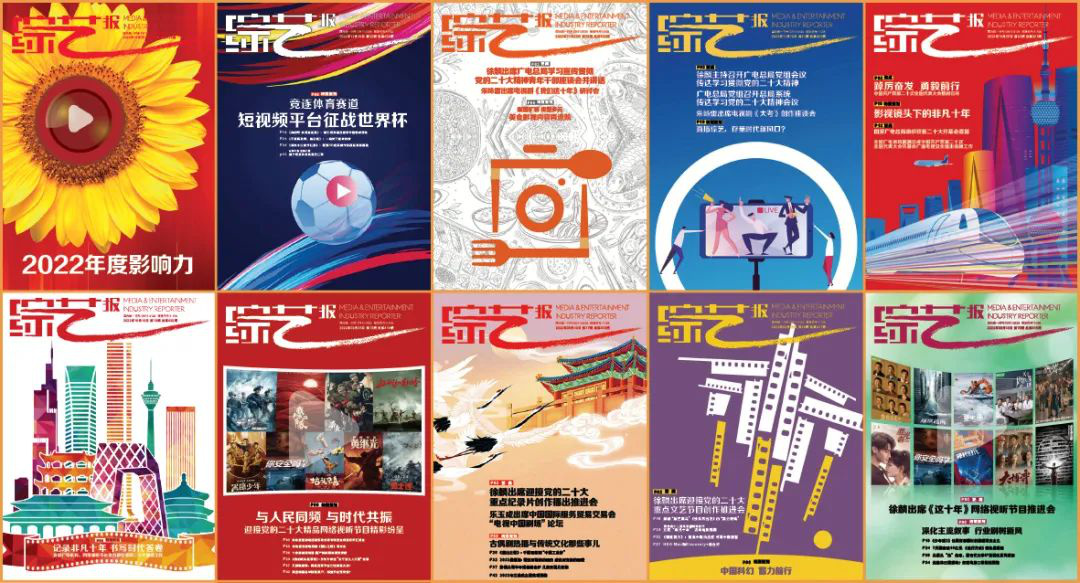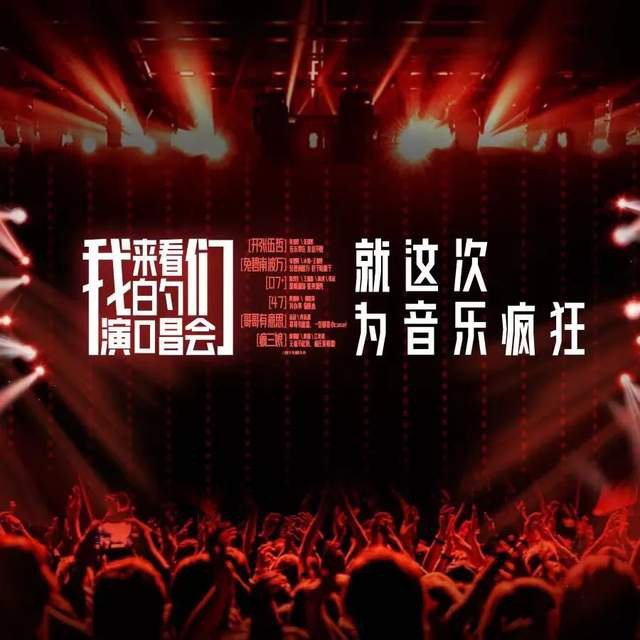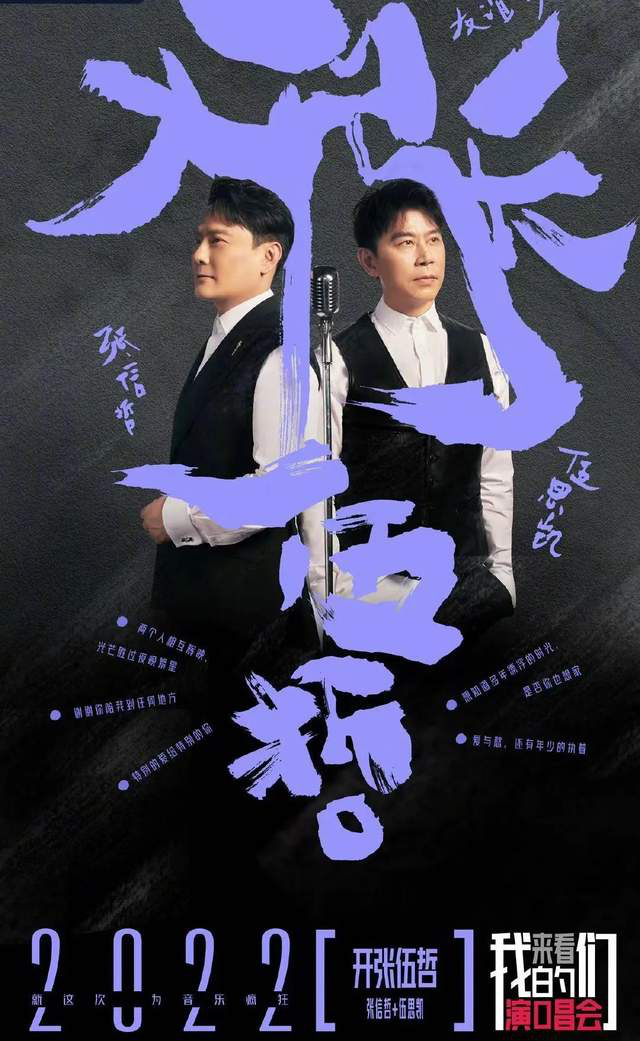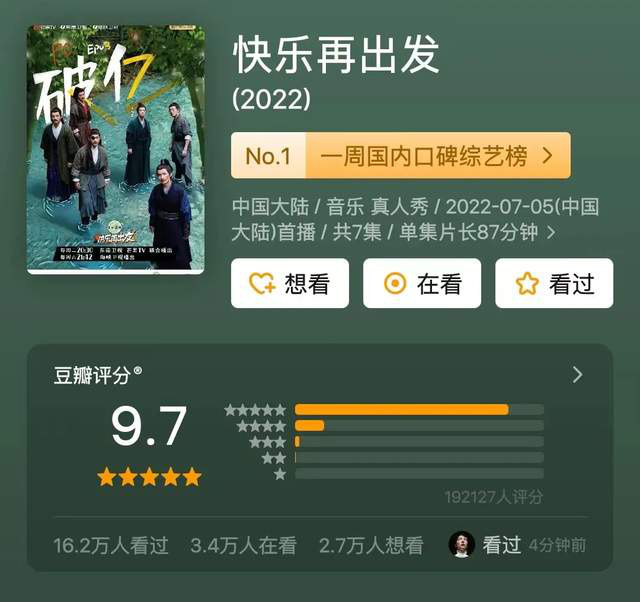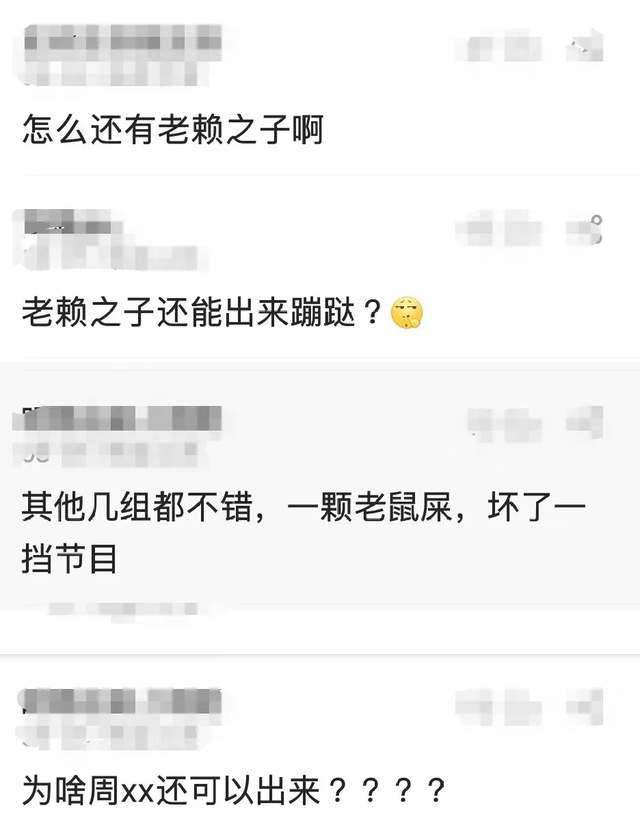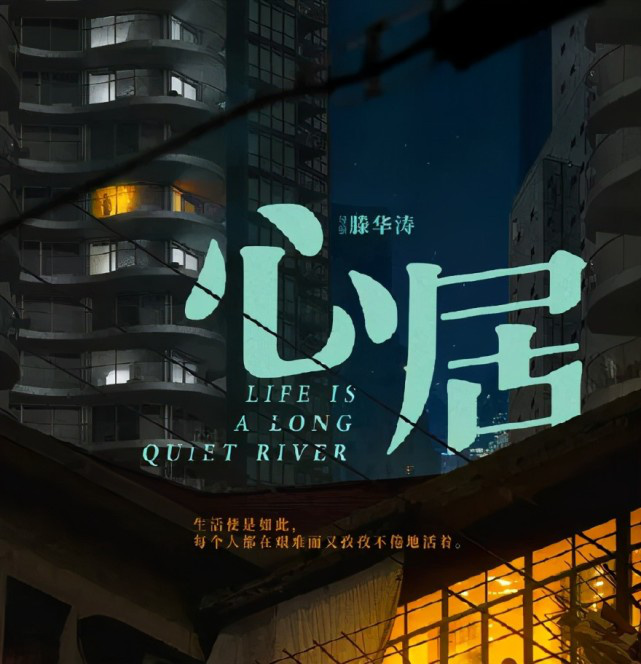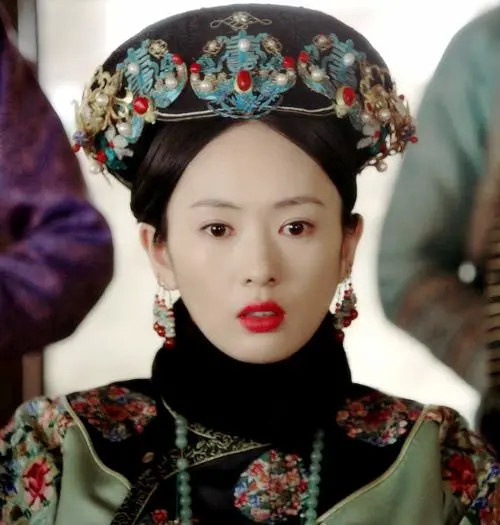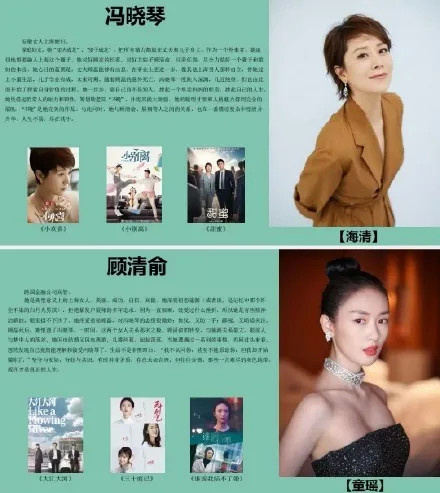The General Office of the People’s Government of Guangdong Province issued a document on accelerating the promotion of science and technology
Deep financial integration helps the innovation and development of science and technology enterprises
Notice of implementation opinions
Guangdong government office [2024] No.2
People’s governments at the local and municipal levels, departments and institutions directly under the provincial government:
"Implementation Opinions on Accelerating the Deep Integration of technology and finance to Help the Innovation and Development of Science and Technology Enterprises" has been agreed by the provincial people’s government and is hereby issued to you, please implement it carefully. Problems encountered in the implementation process, please report to the Provincial Science and Technology Department and the Provincial Finance Office.
General Office of Guangdong Provincial People’s Government
February 9, 2024
On accelerating the deep integration of technology and finance
Implementation opinions on assisting the innovation and development of science and technology enterprises
In order to fully implement the spirit of the important speech delivered by the 20th Party Congress and the Supreme Leader General Secretary at the Central Financial Work Conference, accelerate the deep integration of science and technology and finance, help the innovative development of science and technology enterprises, and further improve the whole process of innovation chain, we hereby put forward the following opinions:
First, promote venture capital institutions to invest in early investment, small investment and hard technology
Promote the coordinated development of various government investment funds at the provincial, municipal and county levels (cities, districts), and guide social capital to invest more in key technical fields and start-up technology-based enterprises in our province. Encourage social capital to unite with national and provincial laboratories, national technology innovation centers, universities, scientific research institutes, manufacturing innovation centers, science parks, leading enterprises in the industry and specialized small and medium-sized enterprises, etc., and support original core technologies, cutting-edge disruptive technological breakthroughs and transformation into real productivity with the mode of "public welfare funding+equity investment". Support the cultivation and establishment of proof-of-concept funds. Establish and improve the investment decision-making, performance appraisal, market-oriented selection and employment, employee incentives, fault tolerance and exemption systems of state-owned venture capital institutions, and promote them to better play the key role of early investment, small investment and hard technology. Optimize the performance evaluation methods of government investment funds in the field of innovation and entrepreneurship, implement differentiated classification assessment, pay attention to the overall efficiency evaluation, and do not take the preservation and appreciation of state-owned capital as the main assessment goal. The provincial science and technology projects will give some subsidies to venture capital institutions that invest in science and technology enterprises in the seed stage and start-up stage of the province according to their actual investment. Support social capital to set up angel investment funds. Actively cultivate organizations such as joint social groups that support members and serve angel investors, and cultivate and expand angel investor groups.
Second, attract venture capital institutions and high-end talents to develop in Guangdong.
Encourage qualified cities to give appropriate subsidies to newly registered local venture capital institutions and their senior managers according to certain conditions, and attract domestic and foreign venture capital institutions and venture capital talents to settle in Guangdong. Intensify efforts to introduce high-end talents for venture capital, and eligible talents will enjoy relevant preferential policies according to regulations. Strengthen the propaganda and practical guidance of preferential tax policies for venture capital. Strive for state support and give priority to the implementation of differentiated tax rates and other preferential tax policies to encourage venture capital enterprises to invest for a long time in Guangdong.
Third, broaden the sources of venture capital funds and exit channels
Under the premise of compliance with laws and regulations, controllable risks and sustainable business, subsidiaries with investment functions, financial subsidiaries, securities companies, insurance institutions and trust companies of commercial banks are supported to provide long-term financial support for venture capital through capital contribution or development of corresponding long-term investment products. Support qualified enterprises to issue corporate credit bonds for venture capital according to laws and regulations, and encourage government financing guarantee institutions to provide credit enhancement support for venture capital enterprises to issue bonds for scientific and technological innovation. Encourage social capital to set up private equity secondary market funds (S funds) according to laws and regulations, support Guangdong regional equity market to carry out pilot equity investment and venture capital fund share transfer, and smooth the exit channels of venture capital.
Four, guide the banking financial institutions to expand the scale of science and technology credit
Give full play to the incentive role of monetary policy tools such as refinancing, encourage banking financial institutions to incorporate service technology innovation into strategic planning, and strive to achieve the year-on-year growth rate of loans for science and technology enterprises not less than that of various loans during the 14 th Five-Year Plan period, and the number of borrowers not less than the same period of last year. Guide development and policy-oriented financial institutions to provide more long-term and low-cost financial support for the construction of major scientific and technological innovation platforms that meet the requirements within the scope of business and under the premise of controllable risks, and form a joint force with financial guidance investment funds. Encourage banking financial institutions to accelerate the development of life-cycle financial services for technology-based enterprises around the talent chain of innovation chain industrial chain. On the basis of risk prevention and control, we will increase credit loans for science and technology enterprises in the initial stage, strive to improve the "first loan rate" of science and technology enterprises, and standardize the development of "science and technology talent loans". We will increase project loans for science and technology enterprises in the growth period to meet the needs of expanding production, and standardize supply chain finance, intellectual property pledge loans and other businesses. Strengthen comprehensive financial services for mature technology-based enterprises, and encourage market-oriented mergers and acquisitions of enterprises through M&A loans. Under the premise of risk control, support banking institutions to increase R&D loan support for science and technology enterprises, and reasonably determine the loan method, amount and term. Encourage the development characteristics of science and technology enterprises, make full use of the policy of non-repayment of loans, and adopt more flexible interest rate pricing and interest repayment methods to effectively meet the financing needs of different types of science and technology enterprises under the premise of legal compliance and risk control. Conditional cities can arrange emergency lending funds for small and medium-sized science and technology enterprises.Provide short-term capital turnover support for small and medium-sized science and technology enterprises.
Five, improve the differentiated science and technology credit management and assessment mechanism.
Promote enterprise innovation points system, promote the establishment of information sharing mechanism for enterprise innovation ability evaluation, encourage banking financial institutions to establish an exclusive evaluation system for financing of science and technology enterprises with enterprise innovation ability as the core indicator, implement differentiated credit approval mechanism, and enhance the credit capacity of small and micro-sized and start-up science and technology enterprises. Encourage banking financial institutions to establish a relatively independent centralized technology and finance business management mechanism, and strengthen the front, middle and back office collaboration. Encourage the standardized construction of specialized or characteristic branches in technology and finance, establish professional teams, specialized wind control systems, special incentive assessment mechanisms and credit standards for exclusive customers, and appropriately delegate credit approval and product innovation authority. Support banking institutions to list the loan scale of science and technology enterprises separately, and adjust and optimize the economic capital occupation coefficient. Banking financial institutions are encouraged to implement technology and finance’s due diligence exemption system in detail and establish a negative list of due diligence exemption. Explore the overall assessment of scientific and technological innovation loans on a periodic and batch basis, effectively increase the proportion of technology and finance’s relevant indicators in the internal performance assessment of institutions, and implement the policy requirements of appropriately improving the tolerance of non-performing loans of scientific and technological enterprises. The tolerance of non-performing loans of small and micro-scientific and technological enterprises can be increased by no more than 3 percentage points compared with the non-performing loan rate.
Six, improve the risk sharing and compensation mechanism of science and technology credit.
Promote government financing guarantee institutions to improve their business models, build a risk sharing mechanism with banking financial institutions, and expand the scale and coverage of loans for small and micro science and technology enterprises. Strengthen the linkage mechanism between provinces and cities for risk sharing and compensation of science and technology credit, and encourage qualified cities to increase investment in science and technology credit risk compensation funds. Improve the management system of risk compensation for science and technology credit, adjust and optimize the loan risk sharing ratio and compensation standard according to the innovation ability of science and technology enterprises and the development characteristics of different life cycles, improve the efficiency of loan loss review and bad debt loss compensation, and establish a performance evaluation system that conforms to the law of the use of risk compensation for science and technology credit. Support the inclusion of scientific and technological credit products such as "scientific and technological talents loan" and "scientific and technological achievements transformation loan" in the scope of risk compensation.
Seven, promote the financing of intellectual property pledge to improve quality and efficiency.
Increase the promotion and application of recommended national standards such as the Patent Evaluation Guidelines, and support qualified banks to explore and carry out internal evaluation of intellectual property rights. Actively carry out pilot online registration of intellectual property pledge, improve supporting services such as intellectual property evaluation, registration and management, guide banking financial institutions to optimize intellectual property pledge loan products and service models according to the characteristics of technology-based enterprises, and expand the scale of intellectual property pledge financing business. Improve the support policies for intellectual property pledge financing, optimize the operation process of intellectual property pledge financing risk compensation fund, and expand the coverage of support policies and compensation funds. Optimize the disposal mode of intellectual property rights, recommend professional intellectual property operating institutions or platforms, support banking financial institutions to hand over intellectual property rights to operating institutions for centralized operation and disposal by means of entrustment and centralized storage, and broaden the channels for intellectual property rights circulation, trading and liquidation.
Eight, strengthen the support of multi-level capital market for science and technology enterprises.
We will implement the step-by-step cultivation plan for listed reserve high-tech enterprises, guide high-quality high-tech enterprises to make reasonable listing plans, and seize the opportunity of registration system reform to raise funds for listing. We will promote local cities to improve the subsidy policies for the listing of science and technology enterprises, and focus on supporting the listing and financing of high-quality enterprises that meet the national and provincial strategic needs and break through key core technologies. Encourage listed technology-based enterprises to raise funds by issuing stocks or convertible bonds, and carry out mergers and acquisitions focusing on "strengthening the chain, extending the chain and supplementing the chain" in the industrial chain. Support and promote the Shanghai, Shenzhen and Beijing stock exchanges and professional securities service institutions to set up service bases and workstations in qualified cities or establish a designated contact system to provide accurate services for science and technology enterprises. Improve the efficiency of service technology innovation in Guangdong’s regional equity market, continuously enrich service tools and financing products, and promote the efficient operation of "specialized, special and new boards" and "scientific and technological innovation boards". Encourage qualified high-quality science and technology enterprises to issue science and technology bills and science and technology innovation corporate bonds. Guide unlisted science and technology enterprises to issue science and technology bills and science and technology innovation company bonds with conversion conditions, and solve the capital needs at different stages of development through the linkage of stocks and bonds. We will continue to carry out intellectual property securitization and promote technology-based enterprises to directly finance through intellectual property securitization products such as the patent licensing asset support plan. Support the construction of national high-tech zones and the issuance of real estate investment trusts (REITs) in new infrastructure areas such as big data, artificial intelligence and Internet of Things, and encourage the recovery of funds to expand investment in scientific and technological innovation.
Nine, guide the insurance institutions to provide support and guarantee for scientific and technological innovation.
Increase the intensity of "insurance funds entering Guangdong", strengthen cooperation with China Insurance Asset Management Association, and support insurance funds to help the development of science and technology enterprises through various means such as equity, creditor’s rights, combination of stock and debt, and funds. Encourage insurance institutions to enrich the types of insurance, and provide insurance protection for technology research and development, application and transformation of scientific and technological achievements, intellectual property rights confirmation and rights protection, and financing of scientific and technological enterprises. Explore the establishment of a provincial-level science and technology insurance product recommendation mechanism, and include the first (set) insurance for major technical equipment, the first batch of insurance for key new materials, the first edition of quality and safety liability insurance for software and other insurance products that spread the risk of scientific and technological innovation for science and technology enterprises into the provincial-level science and technology insurance product recommendation catalogue, and the provinces and cities will jointly provide certain premium subsidies for science and technology enterprises to purchase insurance products included in the recommended catalogue. Explore the construction of science and technology insurance co-insurance mechanism to provide comprehensive insurance protection for key core technology research and transformation of scientific and technological achievements.
Ten, the construction of "supplementary investment and loan" to support scientific and technological innovation linkage mechanism.
We will carry out a pilot project of "supplementary investment and loan" linkage, give play to the leading role of provincial financial science and technology funds, and build a linkage mechanism of "financial subsidy+venture capital+science and technology credit" to support the rapid development of a number of start-up science and technology enterprises with outstanding potential in key national and provincial development fields. Further play the role of venture capital institutions in the evaluation of science and technology projects and innovation and entrepreneurship events, and establish a new mechanism of "evaluation by investment" and "evaluation by competition". Support banking financial institutions to deepen cooperation with venture capital enterprises and other external investment institutions under the premise of legal compliance and risk control, explore business models such as "loan+external direct investment", and move forward financial services in the life cycle of technology-based enterprises.
Eleven, improve the level of cross-border investment and financing facilitation in science and technology.
Relying on Guangdong-Hong Kong-Macao Greater Bay Area’s major cooperation platforms such as Hengqin, Qianhai, Nansha and Hetao, we will promote the complementarity, interconnection and intercommunication among Guangdong, Hong Kong and Macao and technology and finance. Establish a green channel for foreign investors to invest in venture capital enterprises in Guangdong Province and high-tech projects that meet the requirements of the national catalogue of industries encouraging foreign investment through qualified foreign limited partners (QFLP). Support high-tech enterprises, specialized and innovative enterprises, and small and medium-sized scientific and technological enterprises to independently borrow foreign debts within the quota stipulated in the pilot project of cross-border financing facilitation, so as to further meet the cross-border financing needs of scientific and technological enterprises with small net assets.
Twelve, actively strive for financial support for scientific and technological innovation in a new round of pilot.
Intensify reform and innovation in technology and finance, and actively strive for relevant national pilot projects on financial support for scientific and technological innovation. Strive for the Guangzhou-Shenzhen Science and Technology Innovation Financial Reform Experimental Zone to land as soon as possible, increase support for the construction of the experimental zone in terms of finance, land and talents, actively explore new models, mechanisms and paths covering the whole chain of scientific and technological innovation and the financing needs of scientific and technological enterprises throughout their life cycle, and promote successful experiences in Guangdong-Hong Kong-Macao Greater Bay Area in due course. Strive for state support, and explore financial asset investment companies to carry out equity investment business of technology-based enterprises that do not aim at debt-to-equity swap in mainland cities of Guangdong-Hong Kong-Macao Greater Bay Area.
Thirteen, promote the reasonable and appropriate opening of public information resources of science and technology.
On the premise of complying with laws and regulations and meeting the requirements of confidential and sensitive information and data management, and in accordance with the requirements of building a nationwide integrated financing credit service platform network, relying on the National Comprehensive Credit Service Platform for Small and Medium-sized Enterprises, we will gradually integrate existing resources such as "Opening Guangdong", "Small and Medium-sized Enterprises", "Guangdong Credit Information Service" and "Shenzhen Local Credit Information Platform" to promote the financing docking between financial institutions and technology-based enterprises. On the basis of ensuring data security, open the basic data of intellectual property rights, which is convenient for financial institutions to obtain in batches.
Fourteen, improve the comprehensive service system in technology and finance.
Relying on state-owned venture capital institutions, we will build a collaborative innovation platform for Industry-University-Research’s investment and investment, such as "Guangdong Branch Release", and establish and improve a service mechanism for normalized investment and financing of scientific and technological innovation and the development of scientific and technological enterprises. Explore the introduction of market-oriented operating entities to host scientific and technological innovation and entrepreneurship competitions, and incite more innovative carriers and social resources such as universities, scientific research institutions, high-tech zones, technology business incubators, and creative spaces to participate in the competition, and promote the allocation of high-quality financial resources to the scientific and technological field. Relying on the Science and Technology Achievements and Intellectual Property Trading Center of Shenzhen Stock Exchange, we will build a national comprehensive service platform connecting the technology market and the capital market, and provide services such as technology trading, technology shareholding, equity financing, and technology mergers and acquisitions, so as to improve the tradeability and transformation efficiency of scientific and technological achievements. Optimize the evaluation, dynamic adjustment and long-term incentive mechanism of technology and finance service center system in the province, promote the extension of technology and finance service to counties (cities, districts) and towns, and give certain subsidies to the provincial technology and finance service center for provincial science and technology projects.
Fifteen, overall financial support for scientific and technological innovation and prevent financial risks.
Science and technology, finance and other relevant departments to establish a working linkage mechanism, strengthen policy coordination and information sharing, and promote the implementation of various measures in technology and finance. Strengthen financial support for scientific and technological innovation risk management, in accordance with the principles of marketization and rule of law, compact the risk management responsibilities of all parties, and strictly abide by the bottom line that no systematic financial risks will occur. Supervise all kinds of financial institutions in Guangdong to strengthen the main responsibility of risk prevention and control while supporting the development of science and technology enterprises, and adhere to independent decision-making, risk-taking and steady operation. Promote the deep application of technologies such as big data, artificial intelligence and blockchain in the financial field, and provide assistance for financial support for technological innovation and prevention and control of financial risks.
